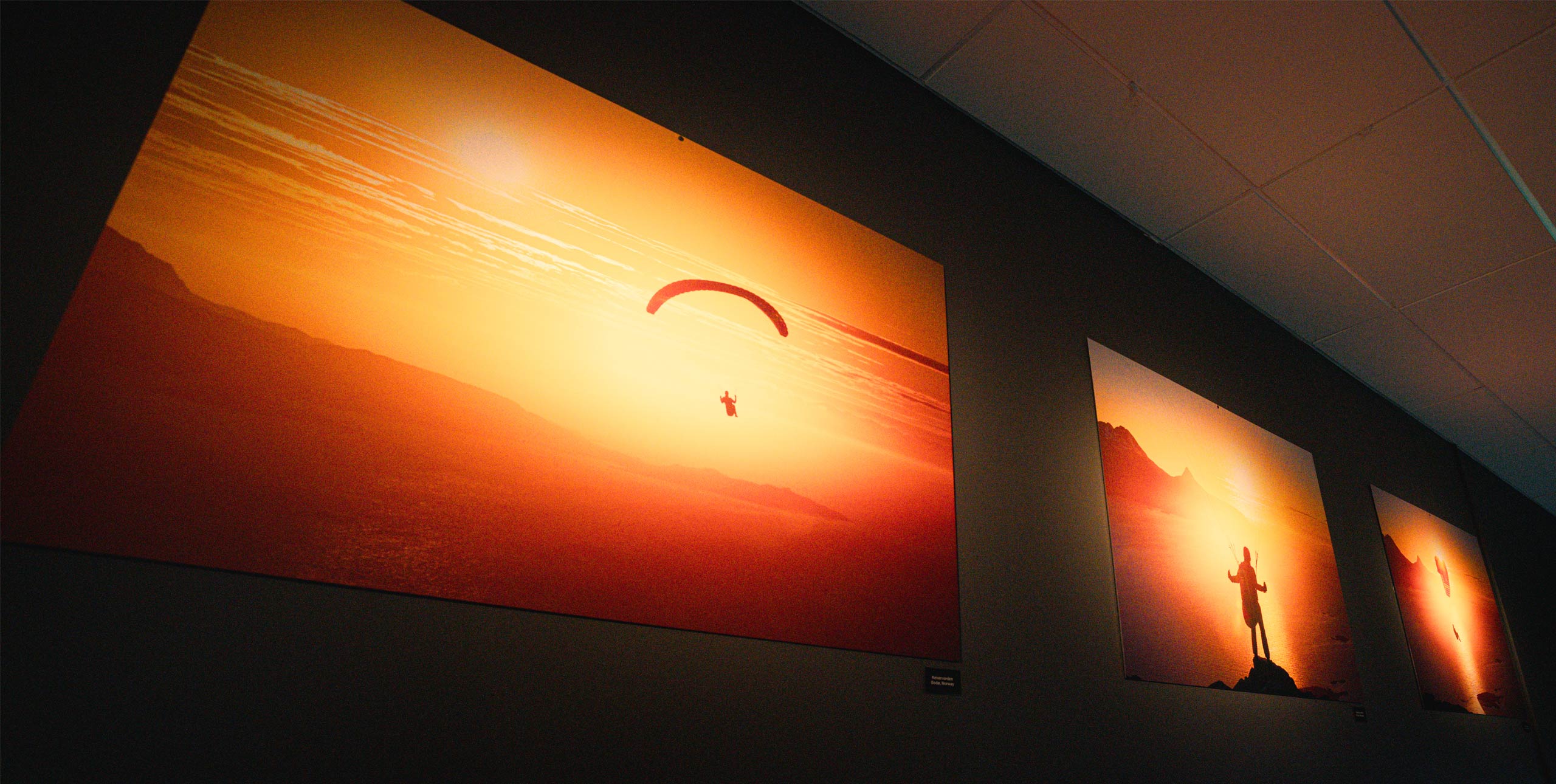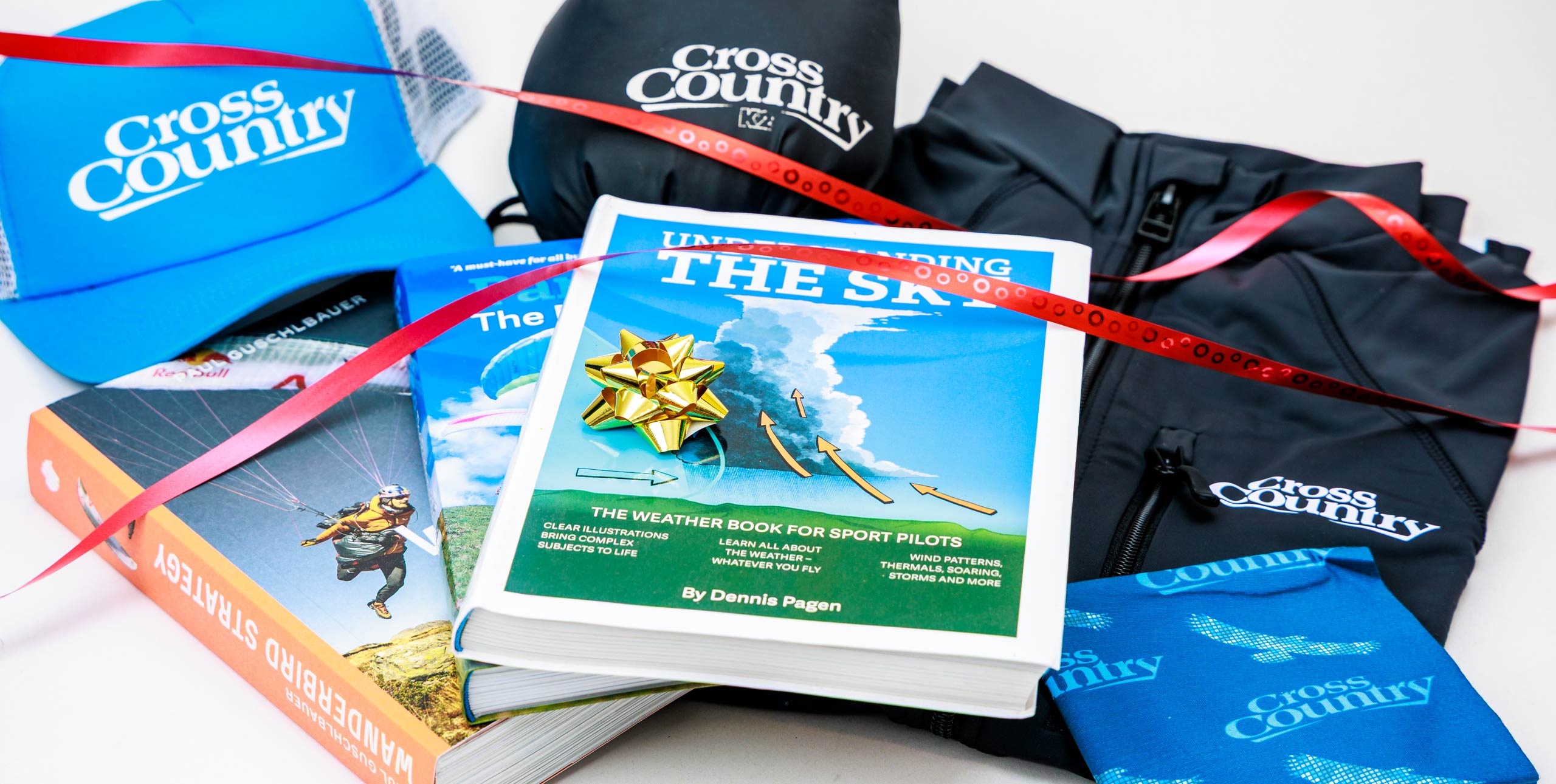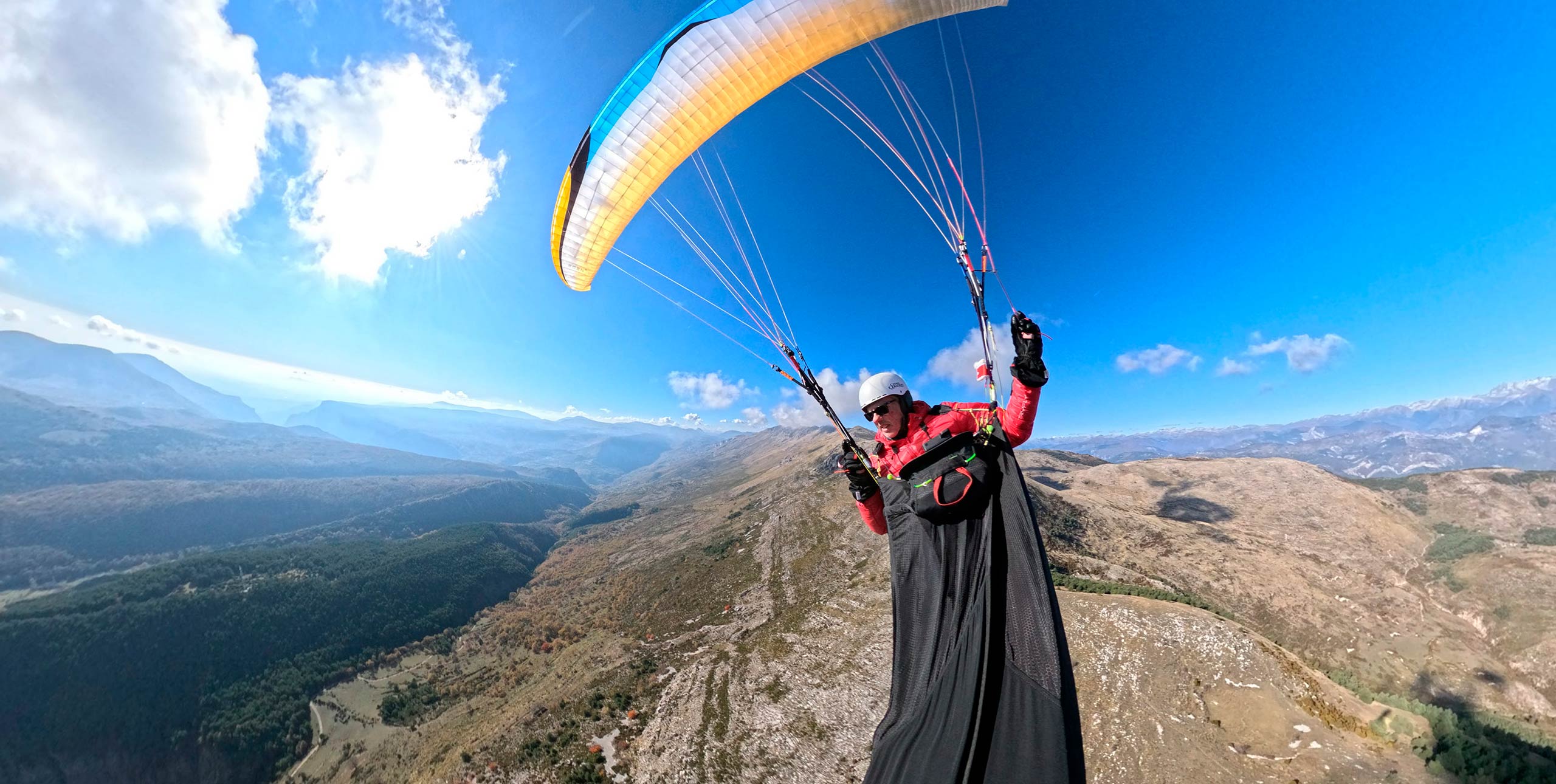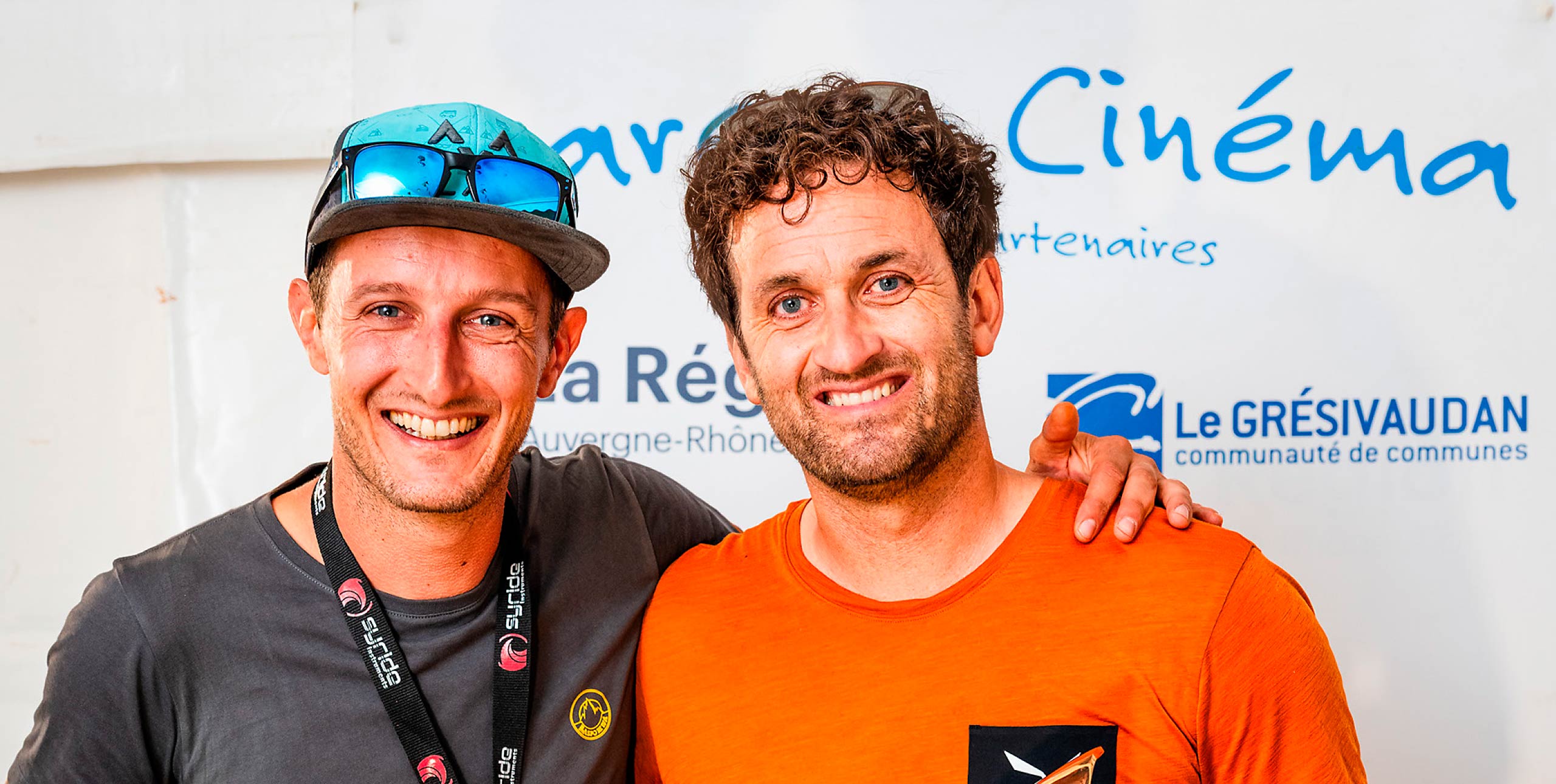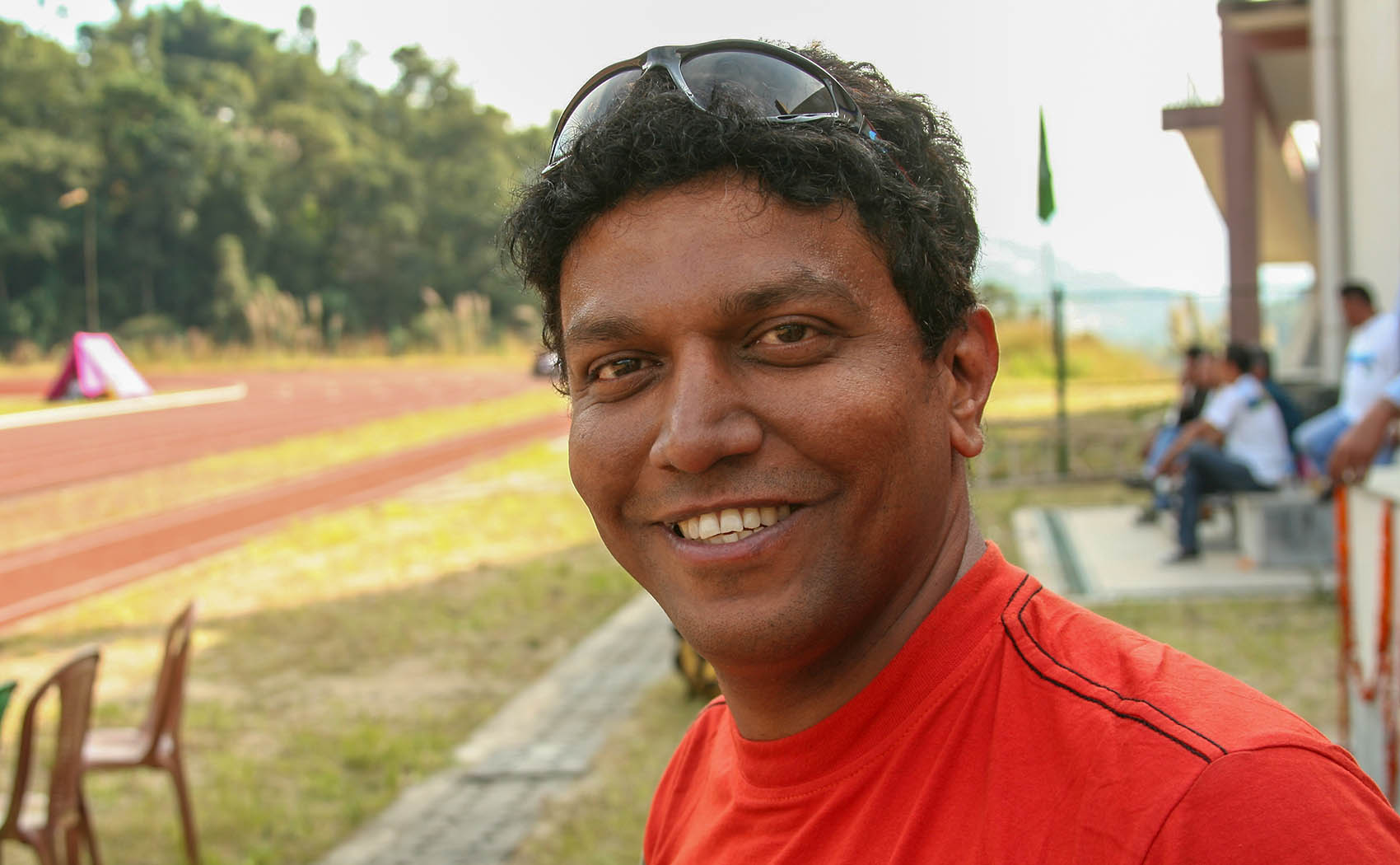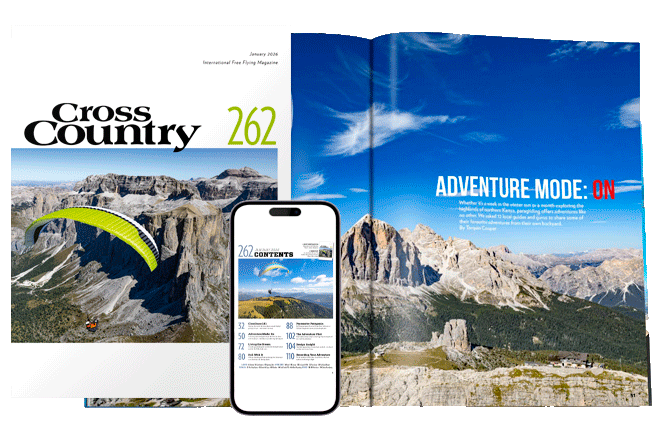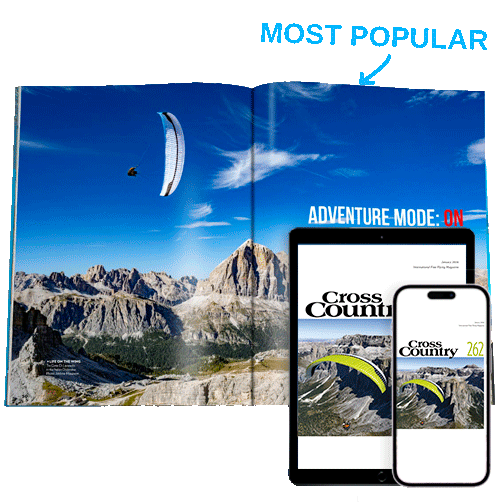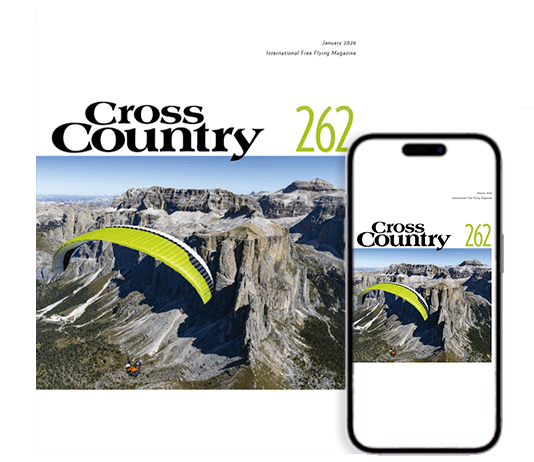
Paraglider manufacturer, Nova, have just announced that 44 year old Swiss pilot Urs Haari is their Pilot of the Year 2009.
Flying a Nova mentor (EN B), Urs managed to win the worldwide ranking of XContest.org 2009 (which is the XC online contest with the highest number of participants) in both the standard and sport categories, leaving all pilots with EN C and EN D wings behind.
Urs has been Nova’s distributor in Switzerland for 15 years, and having completed several World Cup seasons and set two world records he is a ‘seasoned’ pilot with a great track record. Nova have sent us this interview with Urs:
What exactly is the “secret” of your long-range flights?
Well, they were not that long, I would say… The real “hammer days”, as we say in Switzerland, stayed away in 2009 and the conditions often were quite rough. I think that my endurance and my patience are very important factors. Also a high level of physical and mental strength as well as the right strategy and carefully selected equipment are the crucial elements for such flights. Additionally, flying a Mentor means that I do not have to worry about the wing and therefore I can fully focus on my self-set task. This saves a lot of energy and concentration.
In your opinion: how important is it to be at the right place in the right time?
To put it simple: it is essential. Not only for the flying area! In this season, I learned how to stay virtually on the spot for even longer than one hour. Because the time factor is not relevant for XC online results, it simply does not matter if your flight takes 8 or 9 hours – as long as you make it.
How important is the pilot himself?
I am really no friend of self-praise, but in this case I would definitely say that the pilot is without any doubt almost all-dominant. To be able to fully use the performance of the Mentor and somewhat keep up with the high-performance wings and open class prototypes, it all depends on the person flying the wing: the pilot.

And the wing?
I think such performances definitely would not be possible without top material.
Do you think that you could have achieved even a longer distance with another wing such as the Factor (EN C) or Triton (EN D)?
What does “a longer distance” mean? The performance advantage of the serial class high-performance wings is mainly the accelerated gliding. But the question is: Do I really dare to take this thing to the max and speed it up to the very end – even in turbulent conditions? With the Mentor, I can do this without overstraining my skills. In the past years I did not fly too much. This year, I also did only about 30 flights. In the end I do not know if I could have managed to outbid a superior wing and at the same time feel good about it. The combination of wing and pilot simply has to match. And it looks like this year that was the case with me and my wing. I had so much fun flying – and in the end I was quite successful.



